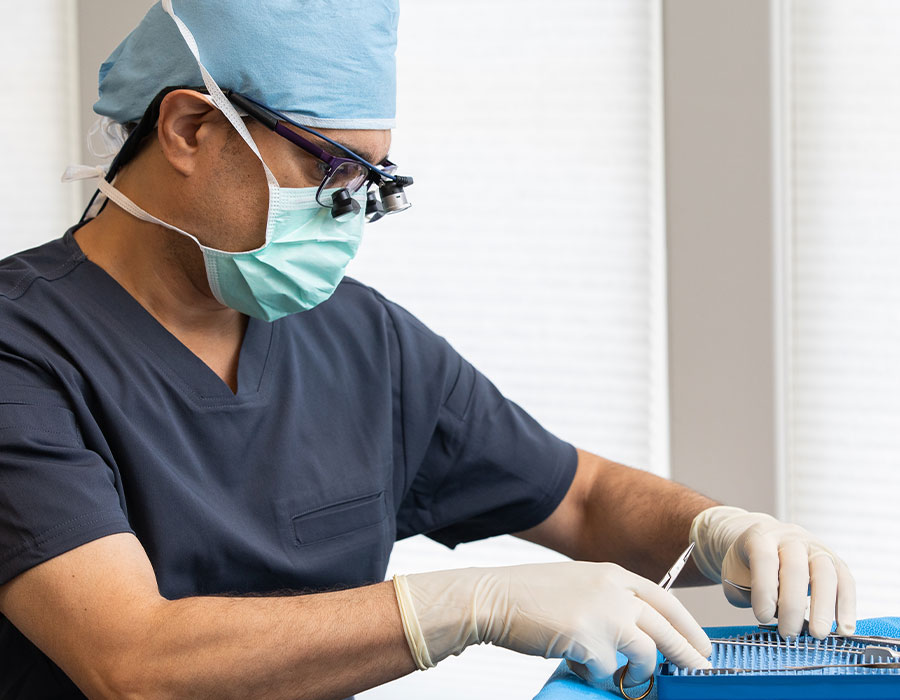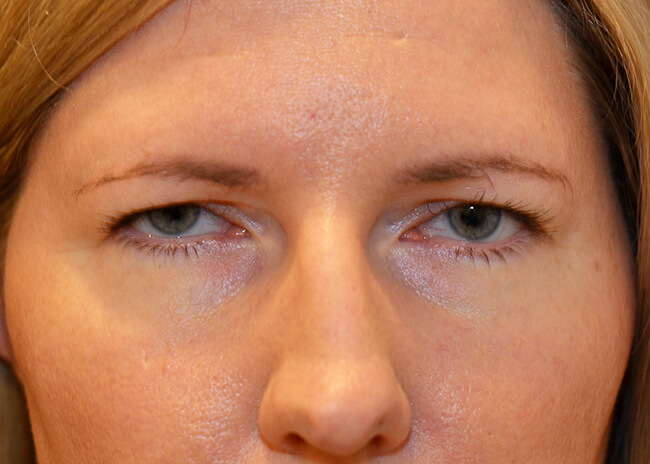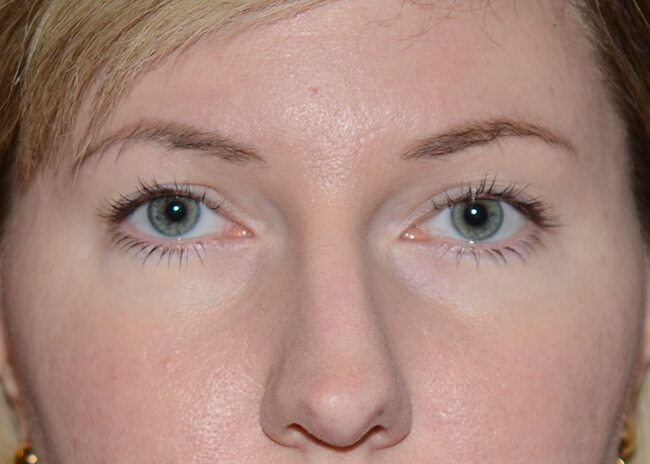
Amadi Aesthetics Plastic Surgery
Amadi Aesthetics combines cutting-edge techniques with a patient-centric approach to deliver natural and transformative results.
Schedule Consultation


Amadi Aesthetics combines cutting-edge techniques with a patient-centric approach to deliver natural and transformative results.
Schedule Consultation
Amadi Aesthetics
Whether you are seeking facial rejuvenation, aesthetic enhancements, or non-surgical procedures, our comprehensive range of services is tailored to meet your individual needs.

Team
Focusing on a natural and age-appropriate look, Dr. Amadi will deliver the finest personalized care, giving you the results you desire.
Meet Dr. AmadiBefore & After
Raising the eyebrows will smooth out the forehead while opening up your eyes.
View the gallery

